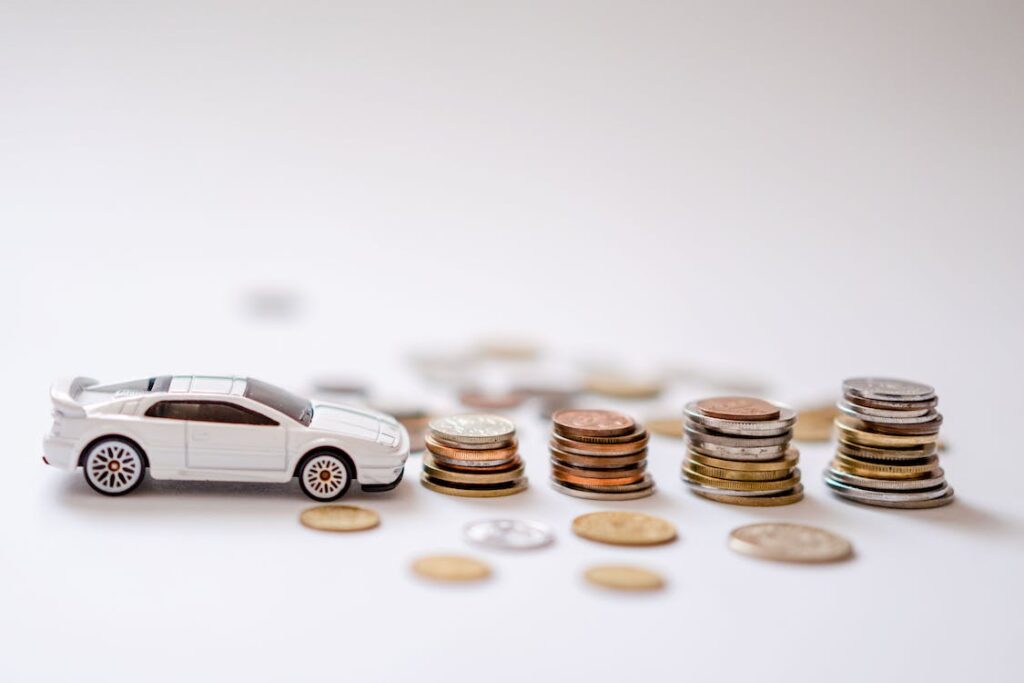Introduction
Car accidents can be stressful and financially draining, especially if you owe more on your vehicle than its actual value after your vehicle is totaled in a car accident. In such cases, having gap insurance can make a significant difference in protecting your finances. In this blog post, we will explore what gap insurance is, how it works, and why it is essential after a car accident.
Understanding Gap Insurance
Gap insurance, short for Guaranteed Asset Protection insurance, is a type of coverage that covers the difference between the amount you owe on your vehicle and its actual cash value in the event of a total loss. It is typically offered as an optional add-on when purchasing or leasing a car.

How Gap Insurance Works
To understand how gap insurance works, let’s consider an example. Suppose you purchased a brand new car for $30,000, and a few months later, you were involved in an accident that resulted in a total loss. At the time of the accident, the value of your car depreciated to $25,000. However, you still owe $28,000 on your auto loan.
Without gap insurance, you would have to pay the remaining $3,000 out of pocket, despite not having a car to drive anymore. This is because your insurance company typically reimburses you for the actual cash value of the vehicle, not the amount you still owe. However, if you had gap insurance, it would cover the $3,000 gap and save you from bearing the financial burden.
The Benefits of Gap Insurance
Protection against Depreciation: Vehicles tend to depreciate rapidly, especially during the first few years of ownership. Gap insurance safeguards you against the financial loss resulting from depreciation by covering the gap between the outstanding loan amount and the depreciated value of your car.
Peace of Mind: Knowing that you have gap insurance can provide peace of mind, particularly if you have a long-term loan or lease agreement. If your car is declared a total loss, you won’t have to worry about making substantial out-of-pocket payments or continuing to pay off a loan for a vehicle you no longer possess.
Cost-Effective Solution: Gap insurance is often available at a relatively low cost. Considering the potential financial impact of a total loss, the small investment in gap insurance can save you thousands of dollars in the long run.
Coverage for Different Scenarios: Gap insurance not only covers accidents but can also be beneficial in other situations such as vehicle theft or damage due to natural disasters. It provides an extra layer of protection beyond what your regular auto insurance policy offers.
Conclusion
Car accidents can be emotionally and financially devastating. Gap insurance acts as a safety net in such situations, protecting you from the financial gap between your car’s value and the amount you owe on it. It offers peace of mind, cost-effective coverage, and a layer of protection against various unfortunate events.
If you are financing or leasing a vehicle, it is worth considering gap insurance to ensure you are fully protected. Consult with your insurance provider to understand the specific terms and conditions associated with gap insurance and make an informed decision to safeguard your financial well-being in the event of a car accident.
